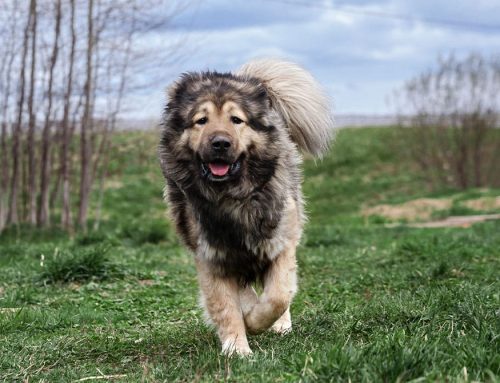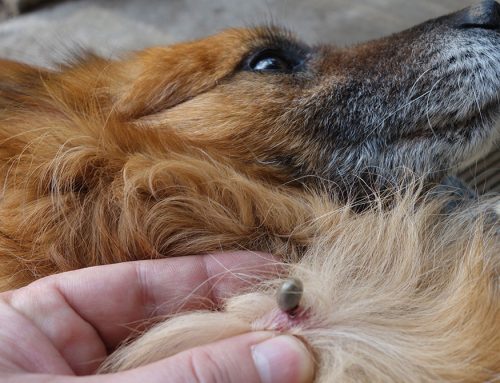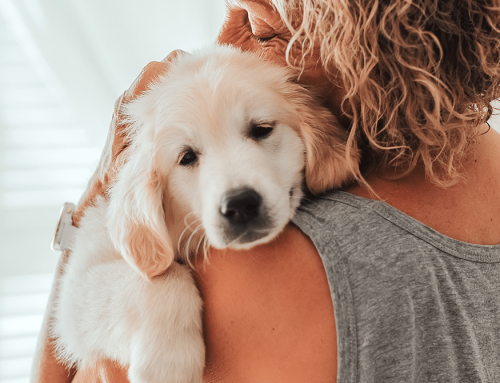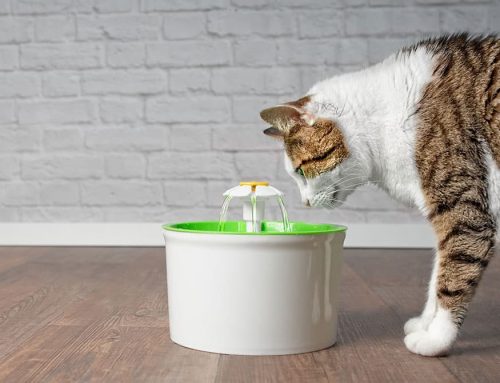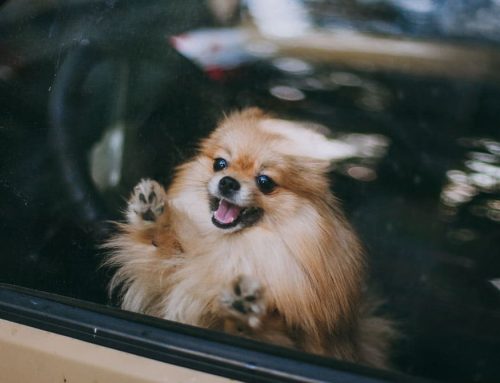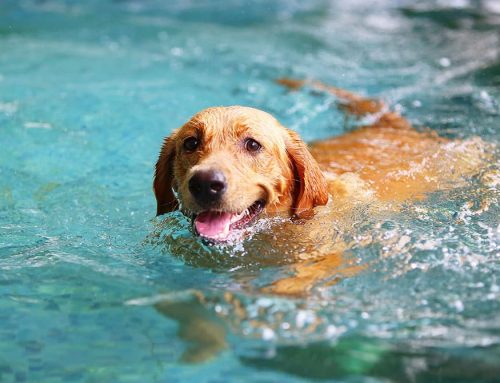Do you hate the stress that comes with taking your cat into the vet? Does your cat resist their carrier or hide from you when they see it? This can make taking your cat in for their annual (bi-annual if older than 7) exam and vaccines difficult. We have some helpful suggestions on how to alleviate your cat’s fear, stress, and anxiety associated with going to the vet.
First, when booking your appointment, request a pre-visit pharmaceutical to medicate your cat with. A pre-visit pharmaceutical is a medication, such as gabapentin, that can be given to prevent and decrease the fear, anxiety, and stress that comes with going to the vet. Your veterinarian will prescribe the medication to be given the night before their appointment, and 2 hours prior to traveling to the clinic. By giving a dose the night before, you are preparing the body to readily accept the dose you give before the appointment. This helps the medication kick in faster, and gives you an opportunity to see how your pet is affected by the dose of the medication prescribed prior to your visit.
Another great way to prepare your cat for their vet visit is to start carrier acclimation 3-5 days prior to the appointment. We recommend bringing the carrier into your home (if kept away) and allowing your cat to explore the carrier on their own. If you are able to store the carrier in a place in your home where your cat can always see it and access it, this tends to desensitize them to the carrier. This helps to make sure there is no association with the carrier being only for going to the vet. Some important concepts to understand prior to beginning carrier acclimation training:
- These training sessions should be short – 1 to 2 minutes.
- Cats will likely only eat a small number of treats during the training, as they become satiated faster than dogs.
- Cats prefer to have treats fed to them by placing them on the floor in front of them. They do not tend to like to take treats from people’s hands.
- Treat options can vary from store bought dry treats, to more high value options. Some high-value options we recommend are whipped cream, cream cheese, spray cheese, Churu paste, tuna juice or shredded tuna.
Here are the 10 steps for acclimating your cat to their carrier:
-
- If you have a hard carrier, take the top off and start by working with just the bottom. The first goal is to have your cat walk into the bottom of the carrier on their own, and stay there for increasing periods of time
- If your cat will not walk in on their own, try coaxing them in by placing treats in a trail to the bottom of the carrier. Or utilizing a wand toy and dragging it across the bottom to get your cat to walk across it while playing.
- Then, you will want to encourage your cat to spend longer segments of time in the bottom of the carrier. Reward them for each foot they put in the carrier, and then reward them for staying in the carrier
- Once your cat is comfortable with staying in the bottom of the carrier, add the top of the carrier, but not the door
- Reward your cat for approaching the carrier, for entering the carrier, and for staying in the carrier. This will continue to teach them that the carrier only brings positive interactions.
- Once your cat is doing this regularly, add the door, and leave it open, and repeat previous steps.
- While your cat is in the carrier, reward them while you move the door. Close the door, open the door, and then reward them with a treat. If this is going well, leave the door closed for increasing amounts of time while giving treats.
- Once your cat is comfortable staying in the carrier with the door closed, lift the carrier from underneath the bottom and put it back down, and then reward them with a treat. Repeat this, increasing the time being held.
- When comfortable with lifting, add in walking a few steps while carrying, then setting the carrier down and rewarding with a treat.
- Once acclimated to the carrier, we recommend going on short car rides that do not end up at the vet. This will further solidify that the carrier is a safe place to be.
If you do not have a hard carrier, these steps can be adapted for soft carriers that do not come apart. Using the same steps, secure the carrier open so that the door cannot close on them by walking in or jumping in. Reward for the same interactions with the carrier. Once you are at the steps to close the door, you can unsecure the door so that it can close, and proceed with acclimation training.
It is recommended that the best place for a pet to travel in a carrier in the car is behind the passenger seat, on the floor board. You can enhance the travel experience by playing calming music (classical or reggae), spraying pheromones in your car and in the carrier, as well as using a towel as a visual barrier around the outside of the cage.


